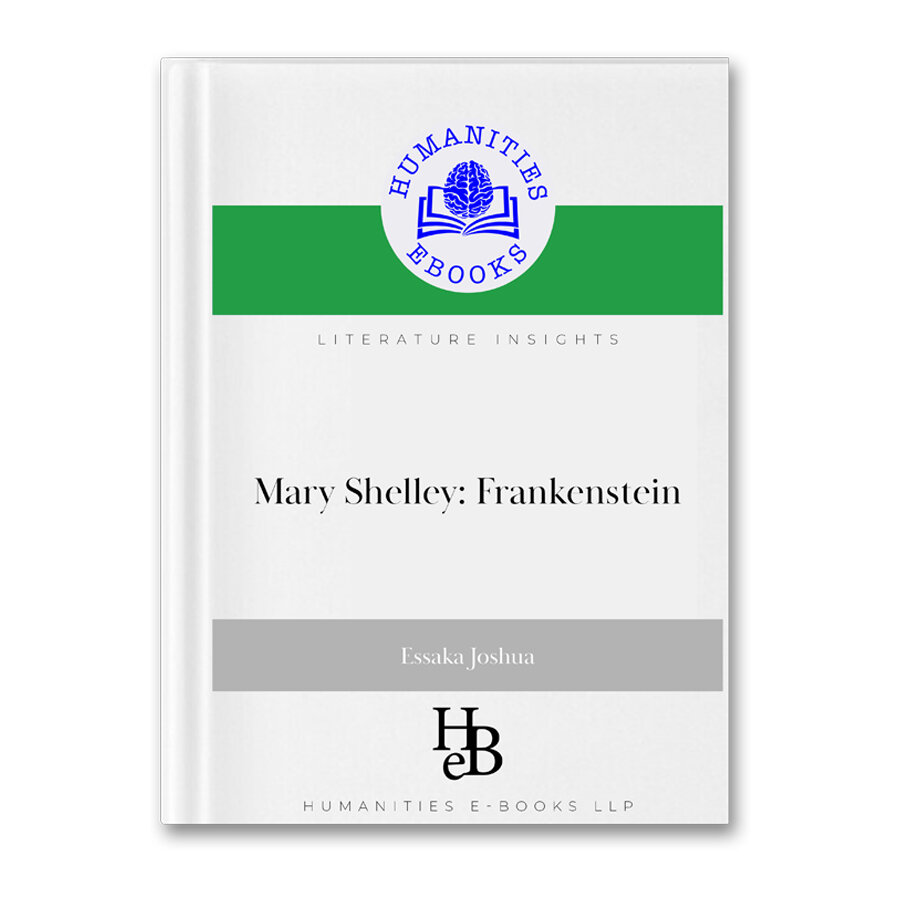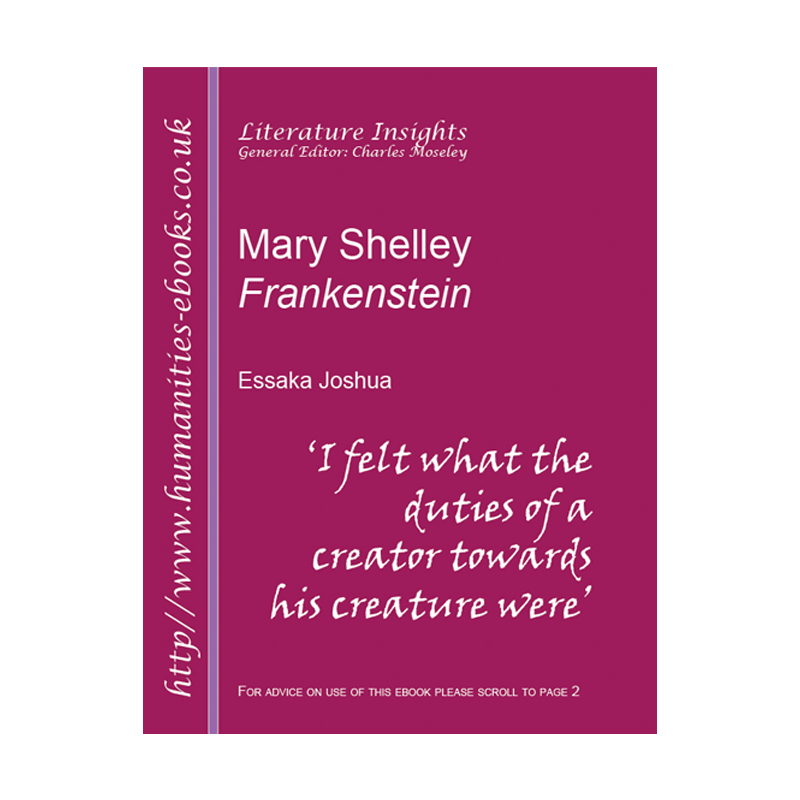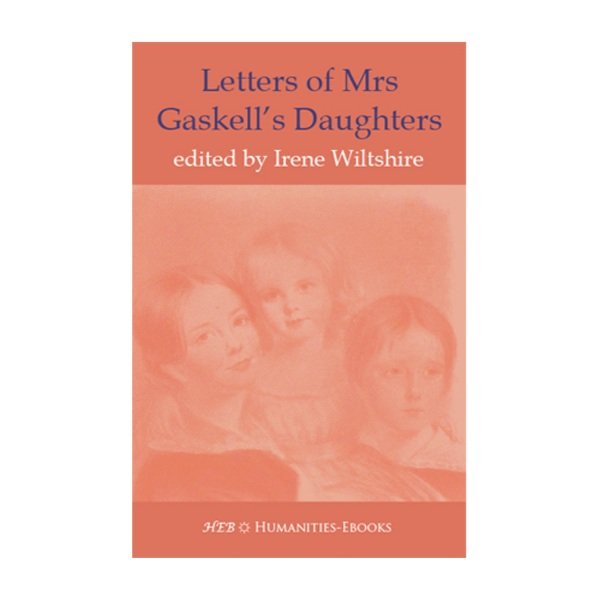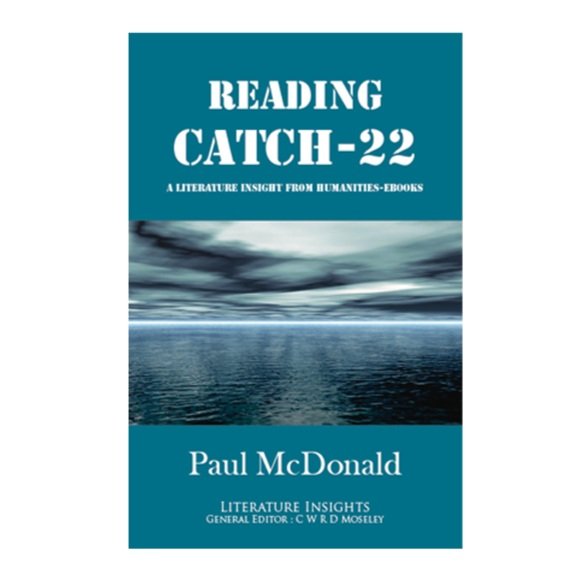Contents
The co-ordinating theme of this study is that Hardy designed Tess of the d'Urbervilles to be controversial, and it has surpassed his design. An initial biographical chapter relates Tess to Hardy's career: the novel caused scandal but brought him wealth. Next, the work's process of composition is discussed, and differences between the censored serial and the book versions are explained. An analysis of the plot gives particular attention to its ironic strategies, and a further section deals with problematic aspects of characterisation, including the views of the narrator. Various themes and contexts are explored, notably Hardy's attitudes to religion, evolution, politics and sexuality. There follows a discussion of selected literary aspects: naturalism and realism, leitmotifs and thematic patterns, optical effects and defamiliarization, and the use of specialised vocabularies. Hardy's descriptive powers when rendering the rural world receive particular analysis. A critical survey then summarises critical approaches to this novel between Hardy's day and the present.
 Image 1 of 2
Image 1 of 2

 Image 2 of 2
Image 2 of 2















